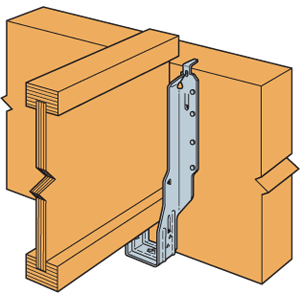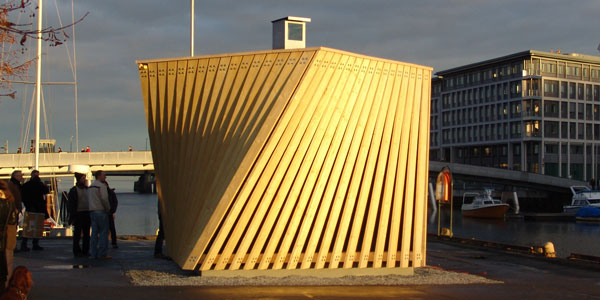Going away from the very adaptive connections that were used in the DesigntoProduction projects in the previous post, the Simpson company is one of the leaders in metal connections between wood members. These connections are not able to adapt to different circumstances as easily and would most likely have to be manipulated in order fit different situations.
 The first connector looked at is an CJT or Concealed Joist Tie. This is a metal connector that slides into a notch that is routed out of the end of one wood member in order to conceal the metal piece and offer what appears to be a seamless wood structure.
The first connector looked at is an CJT or Concealed Joist Tie. This is a metal connector that slides into a notch that is routed out of the end of one wood member in order to conceal the metal piece and offer what appears to be a seamless wood structure. Simpson also offers a multitude of face mount hangers. They come in all different sizes however are limited to a 90 and 45 degree angle from the face. They also work mainly for members that are vertically oriented.
Simpson also offers a multitude of face mount hangers. They come in all different sizes however are limited to a 90 and 45 degree angle from the face. They also work mainly for members that are vertically oriented.






